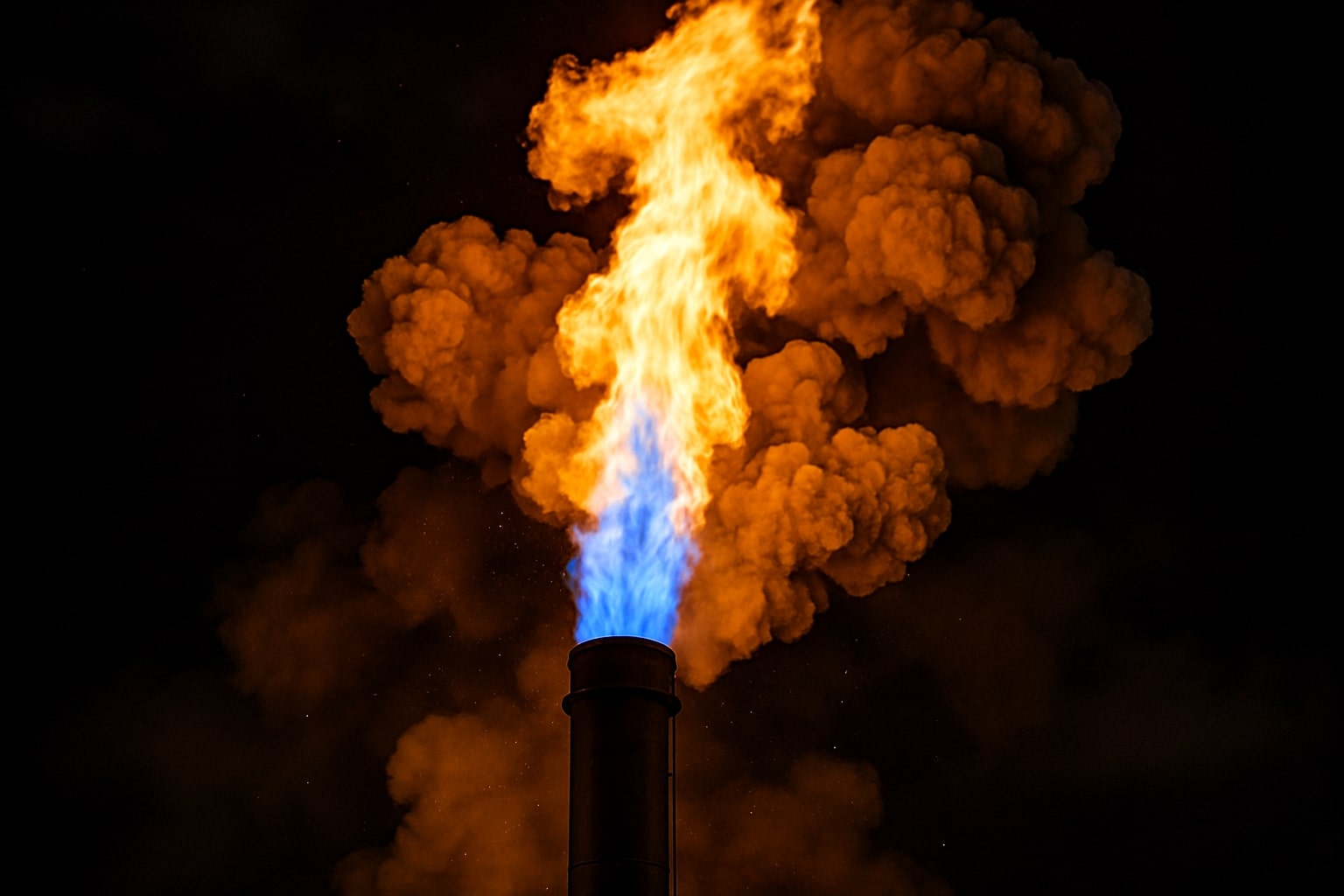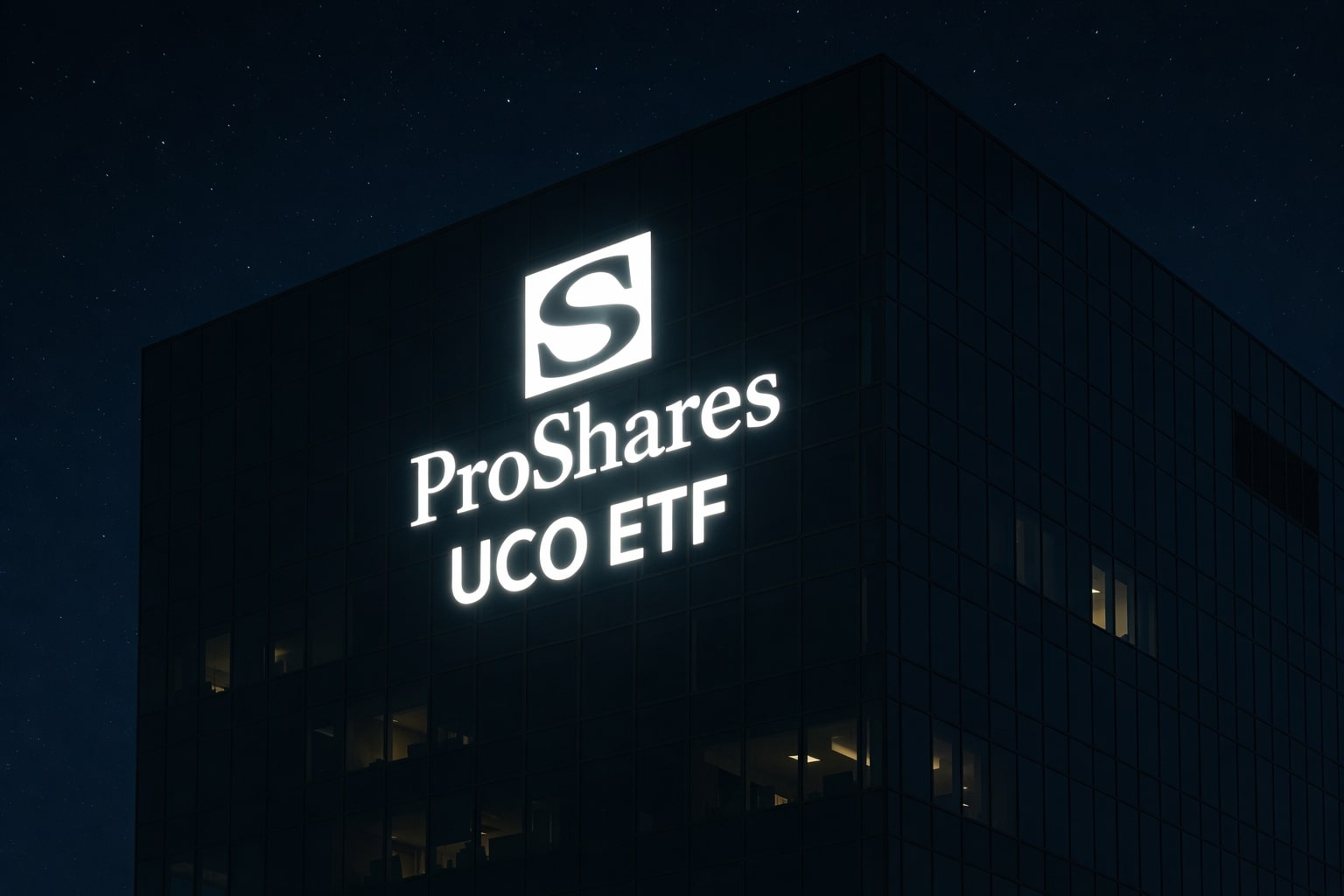
Natural Gas Slips Below $3.50 Despite LNG Surge and Winter Demand Risk
NG=F pressured by storage overshoots and weak utility burn, but EIA winter targets suggest 13% rebound ahead | That's TradingNEWS
Natural Gas (NG=F) Slips Below $3.50 as Oversupply, Weak Grid Demand Dominate
Natural gas futures (NG=F) have dropped to $3.49, closing at a 1.5-week low after a sharp selloff sparked by outsized inventory injections and muted utility demand. The latest EIA data showed a 122 Bcf storage build—sharply above the 98 Bcf seasonal norm and even overshooting the 113 Bcf consensus. This marked the second consecutive week where storage inflows have crushed expectations, placing additional downward pressure on spot contracts. With total storage now sitting 4.7% above the five-year average but still trailing last year’s levels by 10.4%, the gas market remains caught between short-term oversupply and looming seasonal risk.
Dry Gas Output Surges to 107.3 Bcf/d, Demand Lags Despite Heat Forecasts
U.S. dry gas production in the Lower 48 states has soared to a record 107.3 Bcf/day, intensifying the imbalance as domestic demand plateaus. Recent data shows consumption holding at just 69.2 Bcf/day—virtually flat year-on-year. This widening delta has fueled the price weakness, despite emerging heat risk. Weather models now indicate a spike in cooling degree days (CDDs) between July 17–21, particularly across the Central U.S. While such heat waves typically stoke air conditioning demand and utility gas burn, recent rallies have failed to hold, suggesting bullish fatigue among traders.
LNG Export Flow Hits 14.9 Bcf/day, But Capacity Bottlenecks Limit Upside
Liquefied natural gas exports continue climbing, with U.S. LNG net flows hitting 14.9 Bcf/day—a 23.8% year-on-year increase. This theoretically supports higher floor prices, but export infrastructure constraints are now a limiting factor. With Asian buyers chasing supply at $12/MMBtu (TTF) and Japan-Korea Marker futures trading at a $2/MMBtu premium to Europe’s TTF, U.S. LNG cargoes are positioned for maximum arbitrage. However, lead times on new turbines (5–7 years per GE Vernova and Siemens Energy) and labor shortages from retirements during the post-2020 downturn prevent rapid buildout. NextEra reports natural gas turbine construction costs have tripled versus 2022. Supply remains globally in demand, but U.S. pipeline and terminal capacity is boxed in.
Rig Count Rises to 114, But Tier 2 and Tier 3 Wells Now Dominate
The number of active U.S. gas rigs rose to 114, the highest level in 15 months. Yet this uptick masks the deeper structural problem—prime locations have already been exhausted. The Permian’s core Delaware and Midland basins are now producing from Tier 2 and Tier 3 zones, pushing breakevens above $48. This deterioration in economic viability limits the upside of the current drilling expansion. Even with more rigs, output growth may flatten in coming quarters as capital constraints and rising costs cut into margins.
Inventory Injection Pressure Builds as Market Eyes 107 Bcf Weekly Build
Forward-looking inventory pressure remains dominant, with the market now bracing for a 107 Bcf injection—well above the five-year norm of 87 Bcf. If confirmed, this would mark another bearish catalyst, reinforcing the supply glut narrative heading into the peak summer period. The last EIA report also showed that storage was 6.2% above the five-year average, intensifying the urgency for weather-driven demand spikes to rebalance the curve.
Henry Hub Prices Averaged $3.02 in June, Still Below EIA 2025H2 Target
Henry Hub benchmark prices averaged $3.02/MMBtu in June—up from $2.54 in June 2024 but still below the 2020–2024 five-year average of $3.46. Year-to-date in 2025, the average stands at $3.65. However, the EIA maintains a second-half forecast of $4.30/MMBtu, implying a 23% upside from current November 2025 futures pricing ($3.40). This discrepancy underscores a potential mispricing in winter contracts. With winter heating demand projected at 91 Bcf/day—4 Bcf/day higher than 2024—and a forecasted October storage level below the five-year average, the stage may be set for a strong rebound.
Europe Gas Benchmark at €33.62 MWh as BRICS Tariff Risk Mounts
Geopolitical tensions are adding an extra layer of volatility. The Trump administration’s looming 10% tariff threat against BRICS-aligned countries—especially China and India—could dampen their LNG demand. However, European natural gas prices are already elevated, with Dutch TTF settling at €33.62 per megawatt-hour, enhancing global LNG arbitrage incentives. If tariffs spark additional trade imbalances, LNG cargo flows may realign, pulling more U.S. volumes overseas.
India’s Demand Ambitions Falter Amid Bureaucratic Gridlock
India's aspiration to raise natural gas’s share of the energy mix to 15% by 2030 (from just 6% in 2022) is unraveling under bureaucratic dysfunction. Only 15 million piped gas users exist, far below the 120 million target. With LPG enjoying government subsidies and natural gas taxed under VAT, PNG’s competitiveness is crumbling. Without serious reform, India’s import volumes may stagnate—limiting one of the key LNG demand sources that bullish gas traders are banking on.
Repeal of Clean Energy Incentives Deepens Power Grid Reliance on NG=F
The repeal of the “One Big Beautiful Bill Act” effectively strips out 340 GW of clean power development. With solar and wind projects frozen, natural gas must fill the vacuum. Yet building new gas-fired plants now costs 2.5–3x more than two years ago, driven by EPC inflation and turbine shortages. As a result, the U.S. electricity grid is becoming more dependent on volatile NG=F pricing, even while utility-scale power demand growth from AI data centers and bitcoin mining surges.
Natural Gas Transitions Into a Global Commodity With Price Equalization by LNG
Natural gas is no longer a regional fuel—it is a global commodity. The LNG market has reshaped pricing behavior across the board. U.S. domestic supply is now fully exposed to global price signals, storage dynamics in Europe, and Asian peak demand cycles. LNG exports are stripping Gulf Coast supplies and reducing availability for Midwest and Northeast utilities. With storage filling ahead of winter and Europe at 60% capacity versus a 70% seasonal average, arbitrage dynamics will increasingly dictate U.S. domestic pricing, tightening margins and volatility windows.
Short-Term Trend Still Bearish, But Winter Curve Offers 13%+ Upside
Technically, natural gas remains bearish in the near term. The $3.57 level has acted as resistance, with futures struggling to break above the descending trendline and moving averages. The 50-EMA near $3.44 continues to cap rallies, while $3.30 is the key support now being tested. A breakdown opens a path to $3.20 and $3.11, while a breakout above $3.57 would challenge $3.65 and then $3.85. With November futures trading at $3.40 and EIA’s forecast sitting at $4.30, the curve implies over 13% upside. If heat intensity accelerates or summer injections underwhelm, that upside could be realized before Q4.
Verdict: Buy Natural Gas November 2025 Futures (NG=F) at $3.40 — Target $3.85/MMBtu, Stop $3.00
Supply-driven weakness masks deep structural tightness ahead of winter. LNG export strength, global arbitrage, and clean energy policy rollbacks are all tailwinds. The short-term trend is pressured, but the seasonal pivot is intact. This is a contrarian long setup for informed positioning.
That's TradingNEWS
Read More
-
UCO ETF Price Forecast: Can NYSEARCA:UCO at $18.57 Ride a 2026 Oil Squeeze?
18.12.2025 · TradingNEWS ArchiveStocks
-
XRPI at $10.50 and XRPR at $14.93 Hit XRP ETF Lows While XRP-USD Holds $1.84 After 30 Days of Inflows
18.12.2025 · TradingNEWS ArchiveCrypto
-
Natural Gas Price Forecast: Henry Hub Holds Around $4 as EIA Draw Hits 167 Bcf
18.12.2025 · TradingNEWS ArchiveCommodities
-
USD/JPY Price Forecast: Pair Holds Above 155 As BoJ And US CPI Set Up A Major Break
18.12.2025 · TradingNEWS ArchiveForex



















